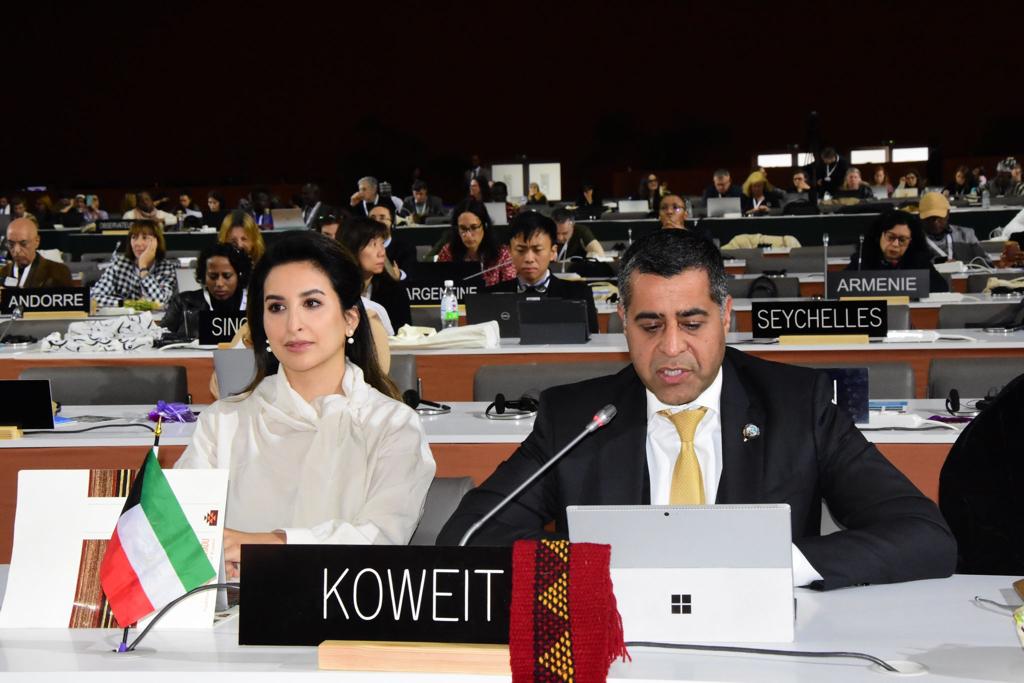RABAT: The United Nations Educational, Scientific and Cultural Organization (UNESCO) on Thursday included Kuwait's educational program for training students on the traditional art of Al-Sadu weaving on its Register of Good Safeguarding Practices, which aims to preserve the world's intangible cultural heritage. This came during the 17th session of the UNESCO Intergovernmental Committee for the Safeguarding of the Intangible Cultural Heritage held in the Moroccan capital from Nov 23 to Dec 3.
This is a new Kuwaiti achievement that serves the international efforts to preserve the intangible cultural heritage and helps strengthen the country's cultural identity, Chairperson of Al-Sadu Handicraft Cooperative Society, which developed the program, Sheikha Bibi Duaij Al-Jaber Al-Ali Al-Sabah told KUNA, expressing happiness and pride on the UNESCO decision. She dedicated this important cultural achievement to HH the Amir Sheikh Nawaf Al-Ahmad Al-Jaber Al-Sabah, HH the Crown Prince Sheikh Mishal Al-Ahmad Al-Jaber Al-Sabah and all the Kuwaiti people.
Al-Sadu is a conventional textile hand woven by Bedouin women, using natural fibers found in their environment and characterized by embroidery in geometrical shapes. The Al-Sadu Society developed the Educational Program: Train the Trainers in The Art of Weaving in collaboration with the Arts Department in the Ministry of Education, in order to raise awareness about traditional Al-Sadu weaving among younger generations in Kuwait.
A national curriculum was developed, along with training workshops to help teachers learn contemporary weaving techniques and how to transmit this traditional craft to students. End-of-year school textile artwork exhibitions are also hosted at Sadu House to showcase the program outcomes. Since the program's inception in 2018, 30,959 students have completed the course, and sixty male and female art teachers from the six school districts have successfully completed the initial training at Sadu House, going on to train an additional 220 teachers.
The program has had a significant impact on students and art teachers, many of whom have demonstrated a high level of manual ability and creativity in traditional weaving. The positive effects of the program are evident in the students' artwork and in the teachers' enthusiasm to instruct and arrange end-of-year exhibitions revolving around Al-Sadu weaving. - KUNA











